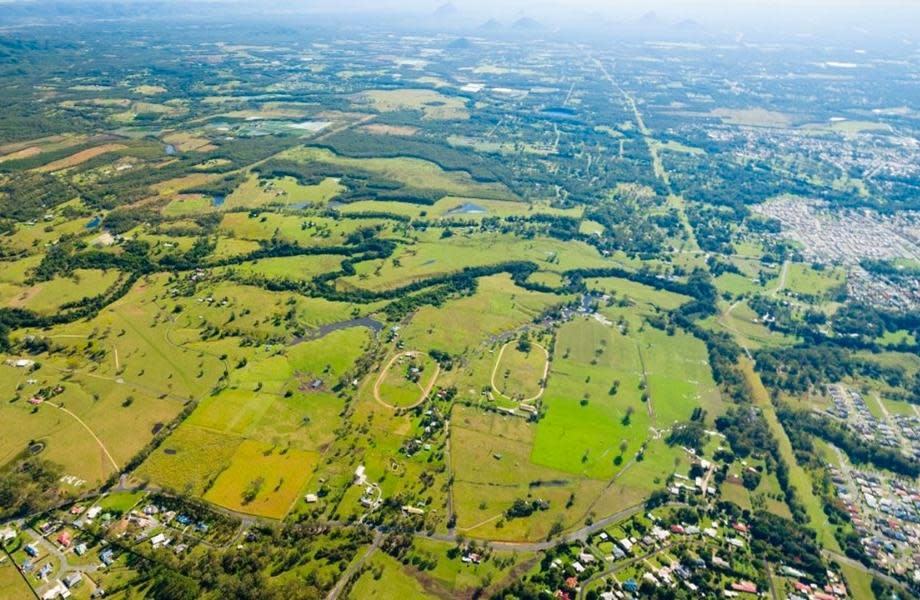New Residential Land Settlement Drops Across Eastern Seaboard

All three eastern states have been unable to keep up with the demand for new housing according to PEXA and Informed Decision’s (.id) latest research into new land releases.
The inaugural Residential Land Report looked at the settlement of vacant greenfield land for low-density dwellings across New South Wales, Queensland and Victoria over the three-year period from July 2020 to June 2023.
Volume and time from sale to settlement were also noted to find how efficiently land was being delivered to market to meet demand.
PEXA’s partner, .id (also part of the PEXA Group) provided demographic and population forecast data for the report.
About $37-billion worth of new land has been released in all three states this financial year, but Queensland, New South Wales and Victoria’s demand is outstripping supply.
Settlements on new residential land have dipped 13.6 per cent to 73,901 this financial year.
The research also shows that it takes more than a year to settle on a vacant site in Victoria with New South Wales and Queensland unable to release enough land.

Releasing greenfield land for new housing is an important part of addressing the housing affordability crisis. House and land continues to appeal to buyers in the market according to PEXA head of research Mike Gill.
“Building a new home in a greenfield housing estate remains the preferred option for many Australians, particularly families and first homebuyers,” Gill said.
“They are drawn to the lower prices compared to established suburbs and the ability to build a large, new, freestanding home to their own specifications.”
Rising demand has increased the cost of vacant land with the median price hitting $500,000 for the first time in Greater Sydney.
The research also found that local government areas in both New South Wales and Queensland would need to build thousands of units in order to meet housing demand forecast for the next five years.
Only Victoria is currently releasing enough new land to meet the rise in forecasted demand with 33,847 settlements in the 2023 financial year.
That is still a decline of 10.1 per cent on the figures for the 2022 financial year.
But New South Wales and Queensland were faster to release land with buyers waiting only 275 and 156 days respectively on average while Victoria took 385 days.
Queensland had 24,226 vacant land settlements, 16.2 per cent down on the previous year.
New South Wales had the weakest new land supply with only 15.828 vacant land settlements in 2023, down 16.4 per cent from 2022.
Both states were well below the predicted housing growth required.
“This is important for determining whether we are releasing enough land, if we’re releasing it in the right areas and if we’re releasing it fast enough,” Gill said.

Settlement values increased in all eastern states with new blocks in Greater Sydney up by 13.5 per cent to an average of $489,764.
New blocks in Greater Melbourne increased by 6.3 per cent to $288,607 and in Greater Brisbane by 9.4 per cent to $248,295.
“The clear conclusion we can draw from the latest data is that there is a lot of room for improvement if we are going to meet the demands of a growing population – either by releasing more greenfield land or accepting that we will need to build more apartments in our urban centres,” Gill said.
The greenfield areas that will have the highest need for more medium to high density housing in the next five years are Brisbane with 5035 units needed, Blacktown with 1527 units needed, Liverpool with 1135 units needed and Camden with 1614 units needed.
Most greenfield areas in Victoria are meeting forecasted demand or are close to doing so.














